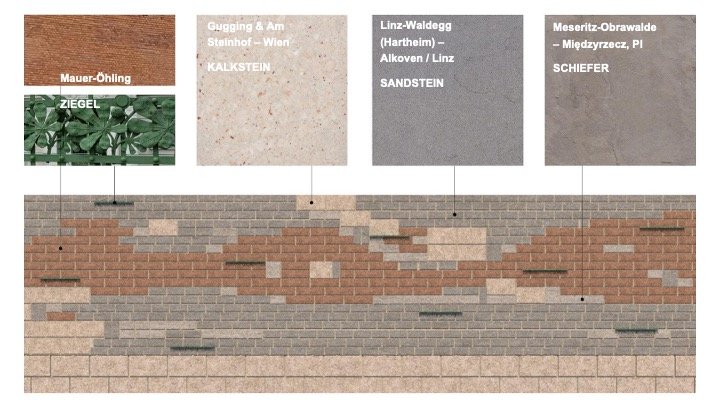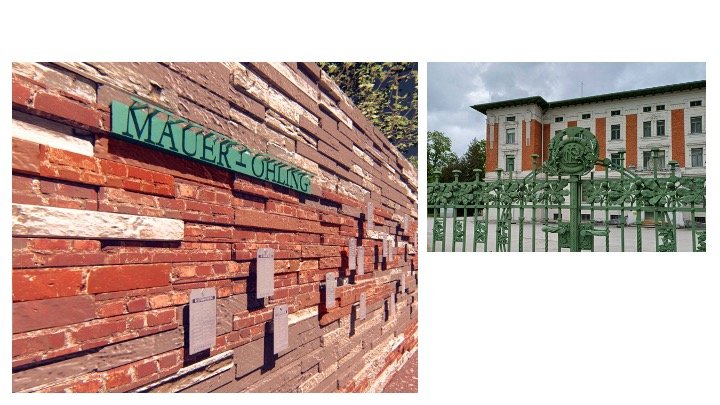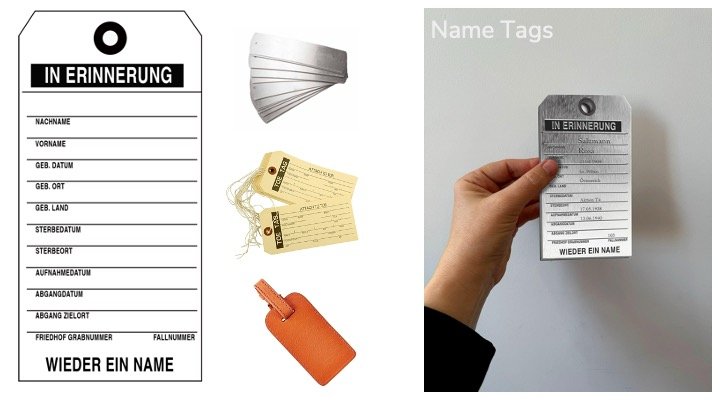The project Layered Memories [Geschichtete Erinnerungen] transforms the unmarked cemetery at the site of the Austrian Landesklinikum Mauer-Öhling into a contemplative memorial that preserves the dignity of the ground while narrating the historical trauma it holds. Instead of a traditional monument, the intervention initiates the creation of an actual cemetery in the form of a layered cemetery wall that documents the history of Nazi medical crimes through material references and engraved nameplates. During the Nazi era (1938-1945), this psychiatric hospital in Lower Austria became a site of systematic murder, where approximately 2,848 patients were killed by deliberate starvation, deportation to killing centers such as Schloss Hartheim, or direct medical murder. Many thousands more died as a result of hospitalization during this period. Each of the 2,848 stainless steel plaques bears the name of a victim, creating a place of individual remembrance. The shape of the plaques deliberately evokes both forensic toe tags and deportation luggage tags, challenging the euphemistic term "euthanasia" by emphasizing that these were, in fact, murders. The panels, which move in the wind, create a contemplative soundscape that invites visitors to engage with this dark chapter of medical history.
The project draws on theoretical concepts such as James Young's critique of closed forms of memorial, transforming the static list of names into a kinetic and acoustic element. It also addresses Judith Butler's critique of the political hierarchization of mourning, offering equal recognition to all victims regardless of their background or diagnosis. Inspired by Toni Morrison's concept of "re-memory," the design conceptualizes memory as an active, spatial experience. By incorporating stones from deportation sites and using recycled clinker and stone fragments, the project connects the memorial to the historical trajectories of those who perished in the Nazi Medical Crimes Program, which targeted people with disabilities and mental illness. The shadow patterns cast by the engraved locations and the acoustic dimension of the moving plaques emphasize the ephemeral yet ever-present nature of memory. The winning design was selected through a competitive process organized by the Public Art Lower Austria program as part of an ongoing effort to acknowledge this long-suppressed history.











































